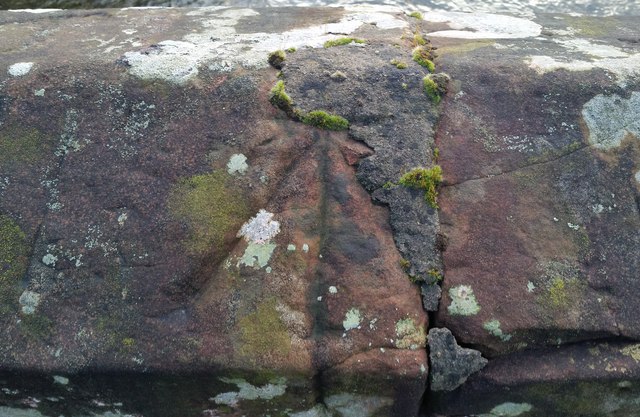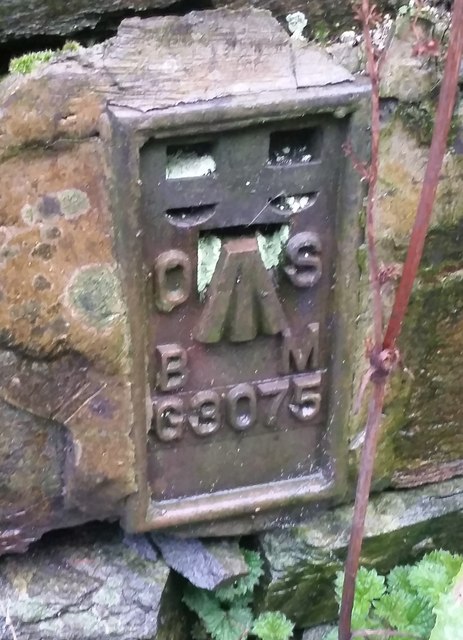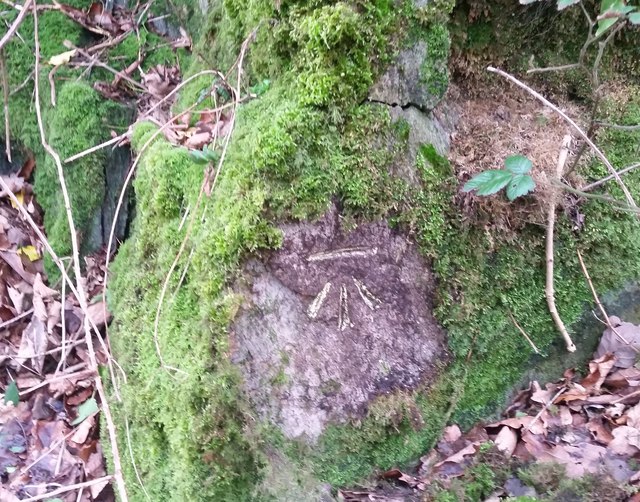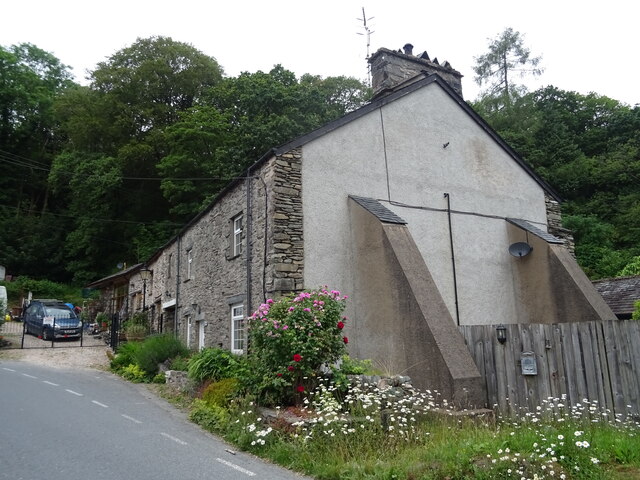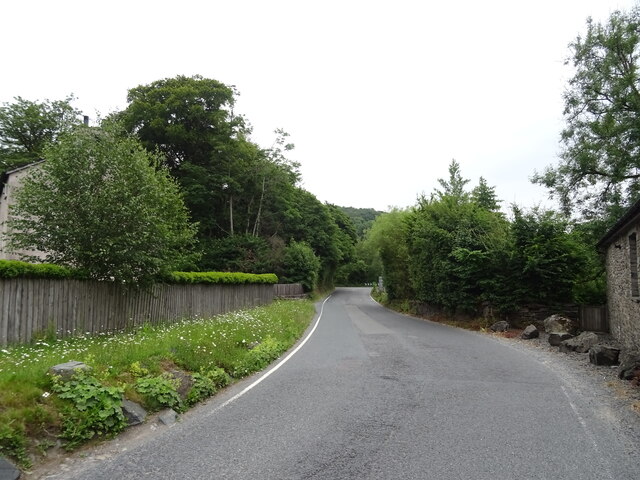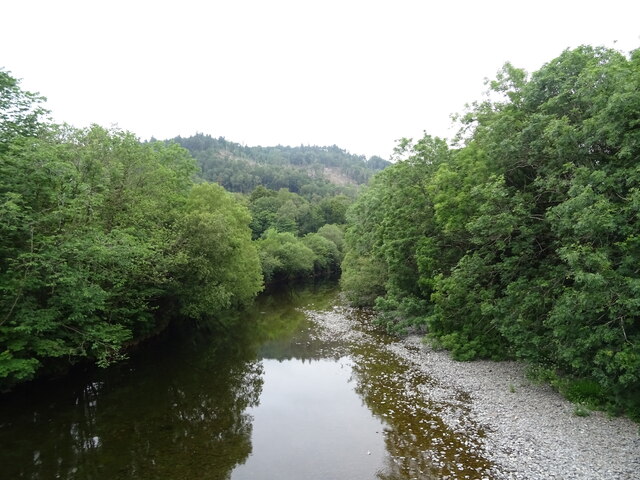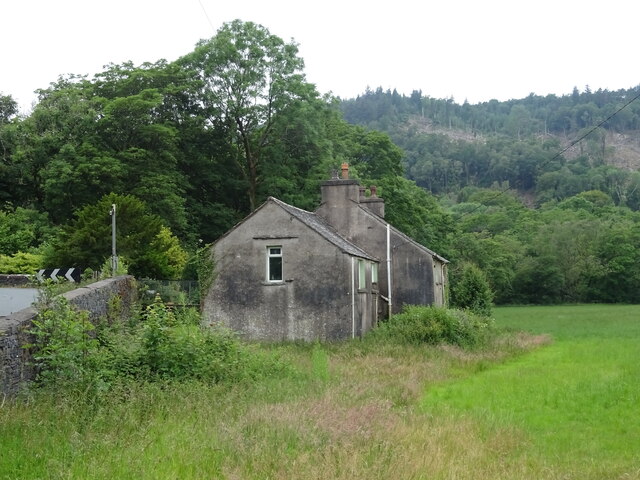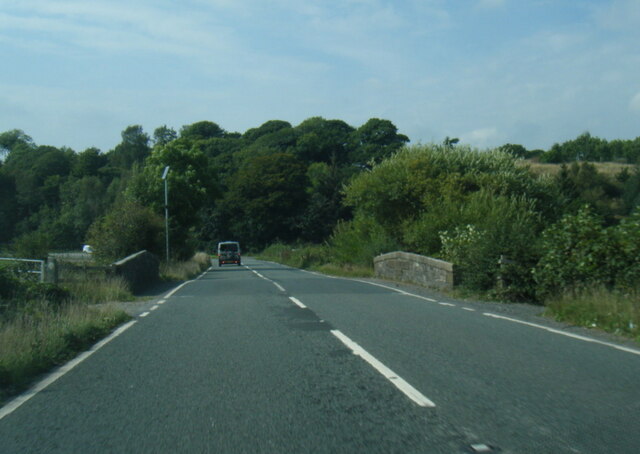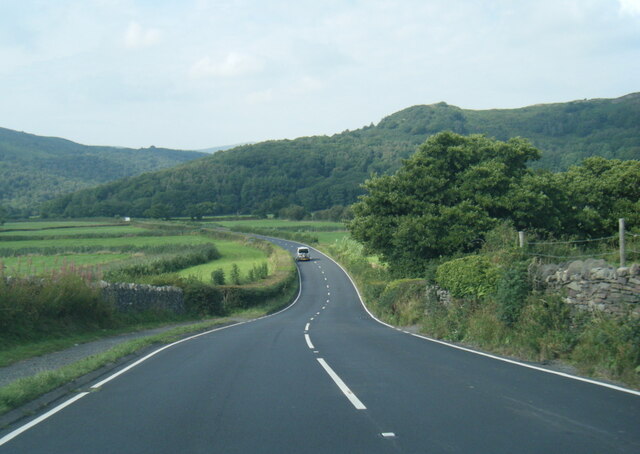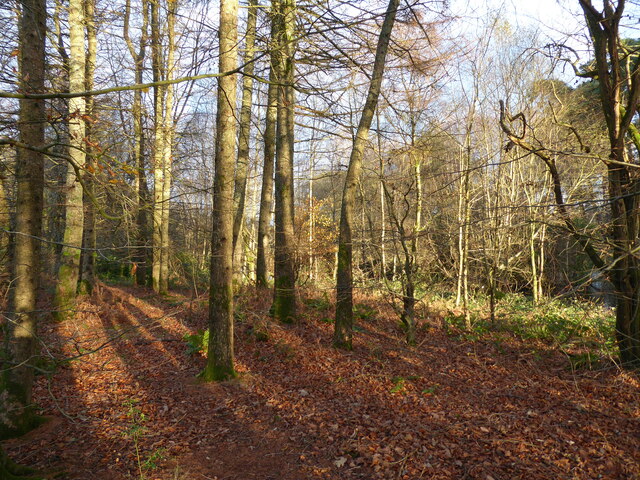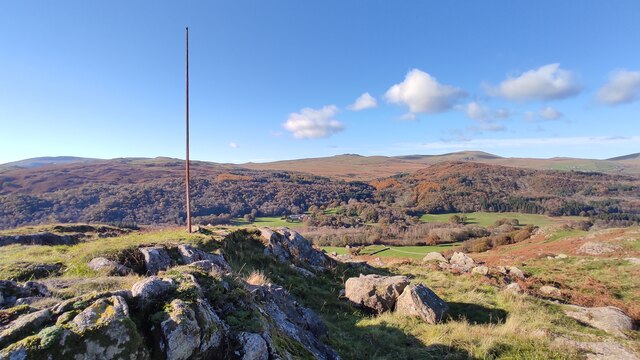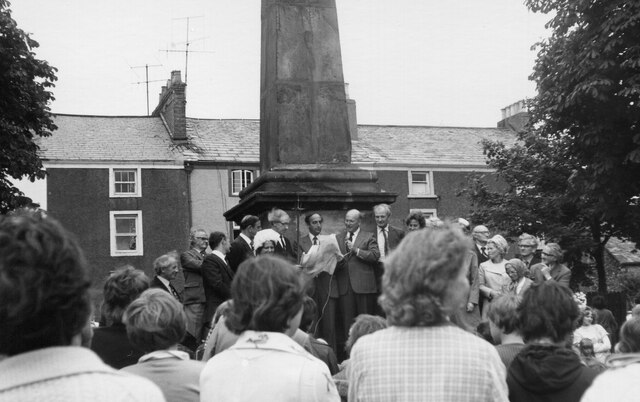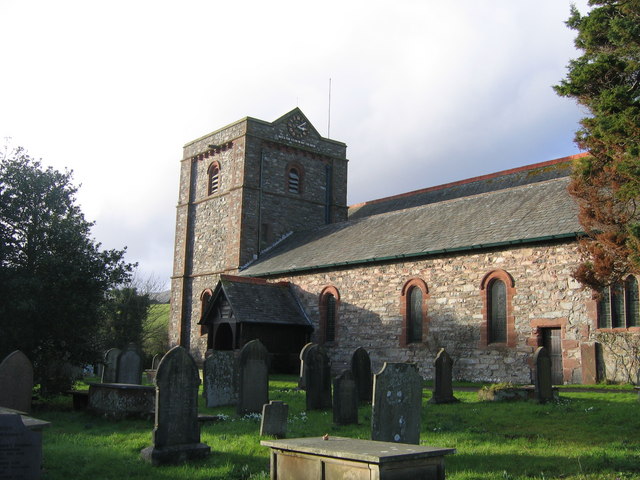East Park
Downs, Moorland in Lancashire South Lakeland
England
East Park
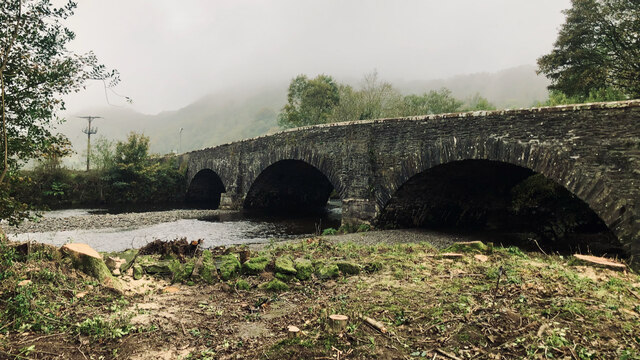
East Park is a picturesque area located in Lancashire, England. It encompasses both downs and moorland, providing visitors with a diverse and stunning natural landscape. Covering an expansive area, the park offers a range of outdoor activities and beautiful views for nature enthusiasts and tourists alike.
The downs in East Park are characterized by rolling hills and open grasslands. The gently sloping terrain allows for leisurely walks and picnics, while also providing ample space for recreational activities such as kite flying and frisbee. The downs are adorned with vibrant wildflowers during the spring and summer months, creating a colorful and scenic backdrop.
In contrast, the moorland in East Park offers a more rugged and untamed landscape. Here, visitors can explore vast heather-covered hills and rocky outcrops. The moorland is home to a variety of wildlife, including birds of prey and rare plant species. Hiking enthusiasts can embark on challenging trails that meander through the moorland, offering breathtaking views of the surrounding countryside.
East Park also boasts several amenities to enhance visitors' experiences. There are well-maintained paths and trails suitable for both walking and cycling, ensuring accessibility for all. Additionally, the park offers picnic areas, restroom facilities, and designated parking areas.
Overall, East Park in Lancashire is a haven for nature lovers seeking a serene and captivating outdoor experience. With its combination of downs and moorland, visitors can immerse themselves in the beauty and tranquility of the Lancashire countryside.
If you have any feedback on the listing, please let us know in the comments section below.
East Park Images
Images are sourced within 2km of 54.282054/-3.2052455 or Grid Reference SD2188. Thanks to Geograph Open Source API. All images are credited.
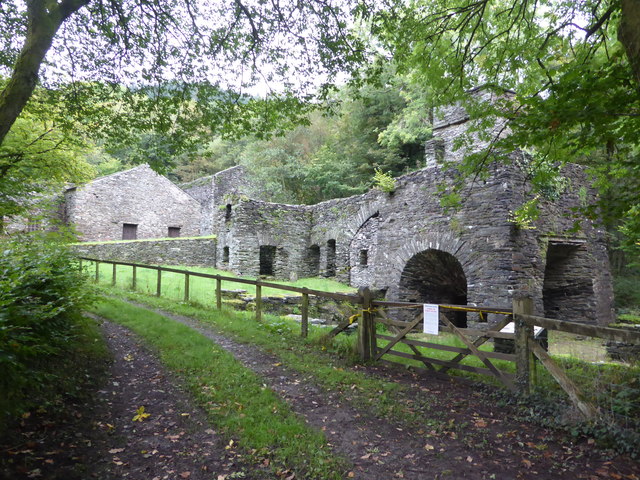
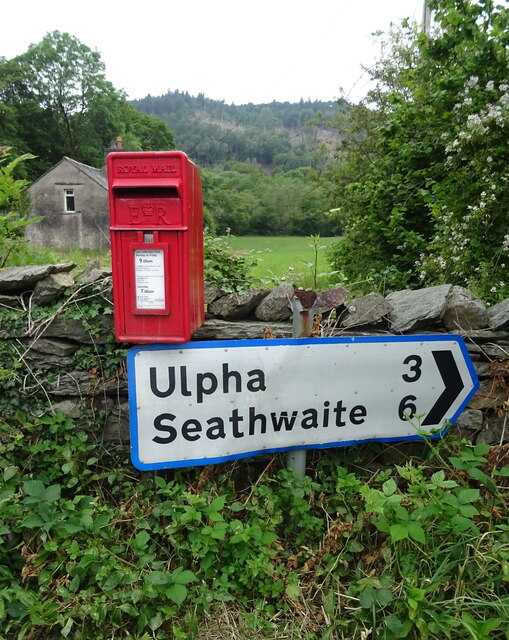
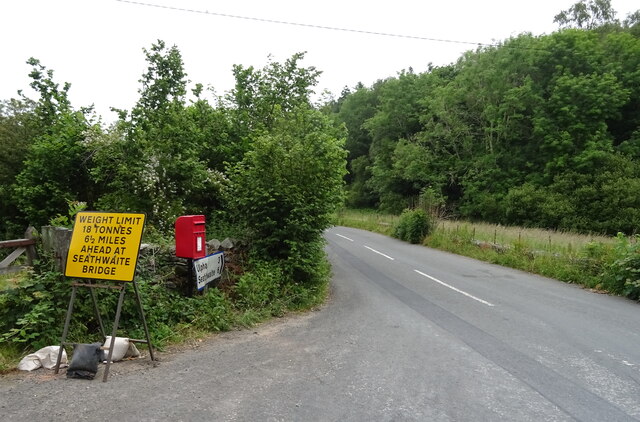
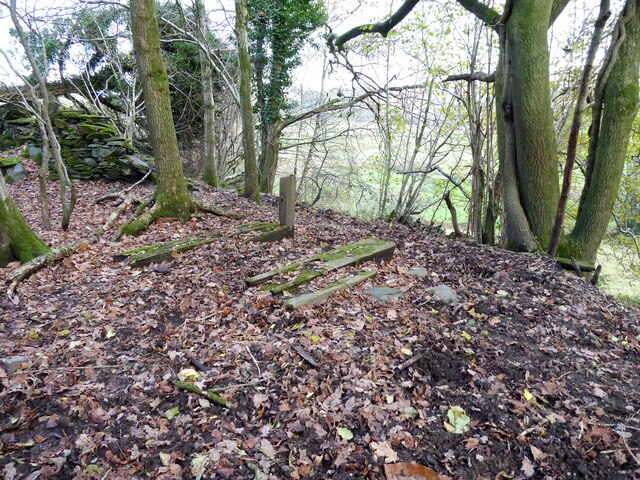
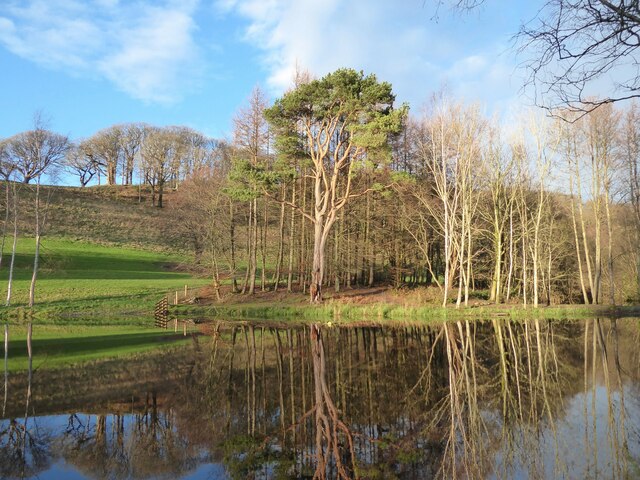
East Park is located at Grid Ref: SD2188 (Lat: 54.282054, Lng: -3.2052455)
Administrative County: Cumbria
District: South Lakeland
Police Authority: Cumbria
What 3 Words
///twisting.panels.bookmark. Near Millom, Cumbria
Nearby Locations
Related Wikis
Broughton-in-Furness
Broughton in Furness is a market town in the civil parish of Broughton West in the Westmorland and Furness district of Cumbria, England. It had a population...
Broughton-in-Furness railway station
Broughton-in-Furness railway station served the market town of Broughton-in-Furness, in Lancashire, England (now in Cumbria). It was on the branch line...
St Mary Magdalene's Church, Broughton-in-Furness
St Mary Magdalene's Church is in Broughton-in-Furness, Cumbria, England. It is an active Anglican parish church in the deanery of Furness, the archdeaconry...
Eccle Riggs
Eccle Riggs is a country house located on Eccle Riggs, a ridge of land about 0.75 miles (1.2 km) to the south of Broughton-in-Furness, Cumbria, England...
Nearby Amenities
Located within 500m of 54.282054,-3.2052455Have you been to East Park?
Leave your review of East Park below (or comments, questions and feedback).
